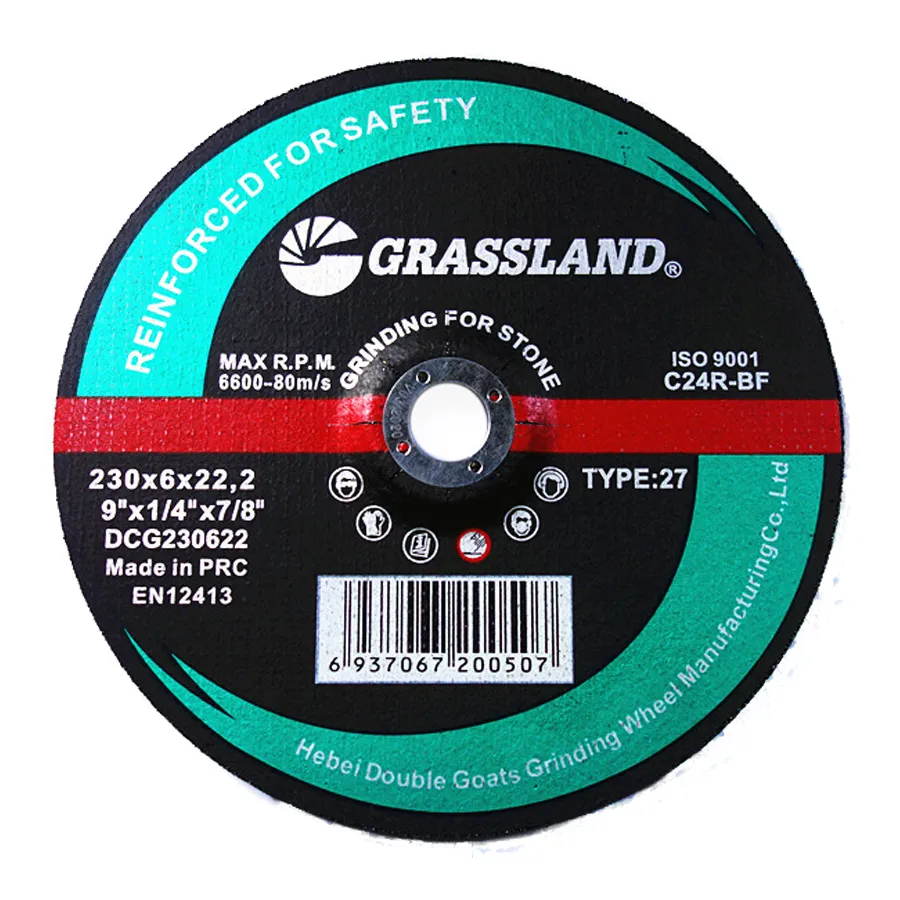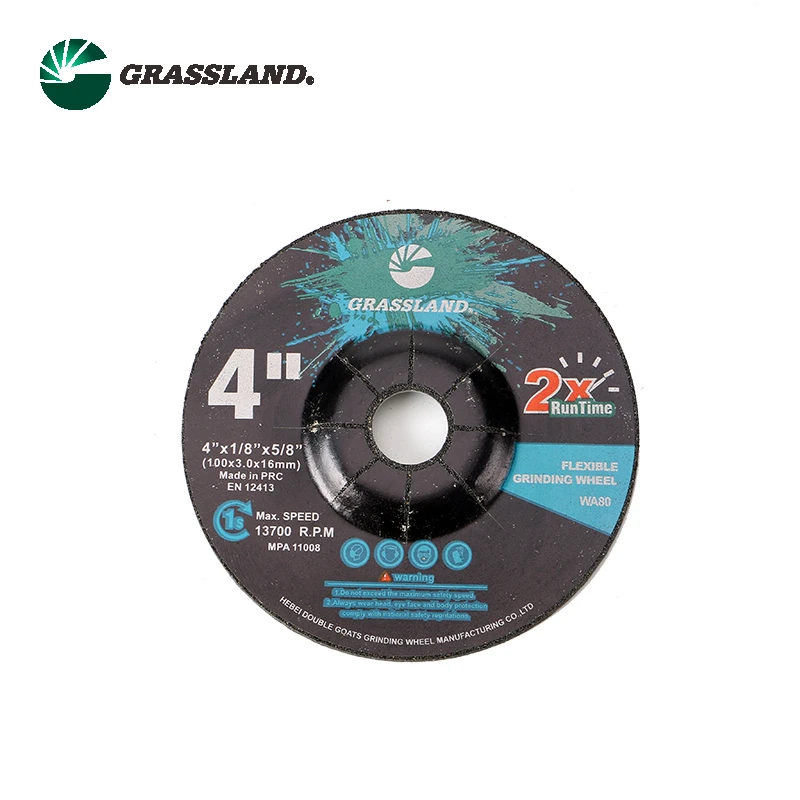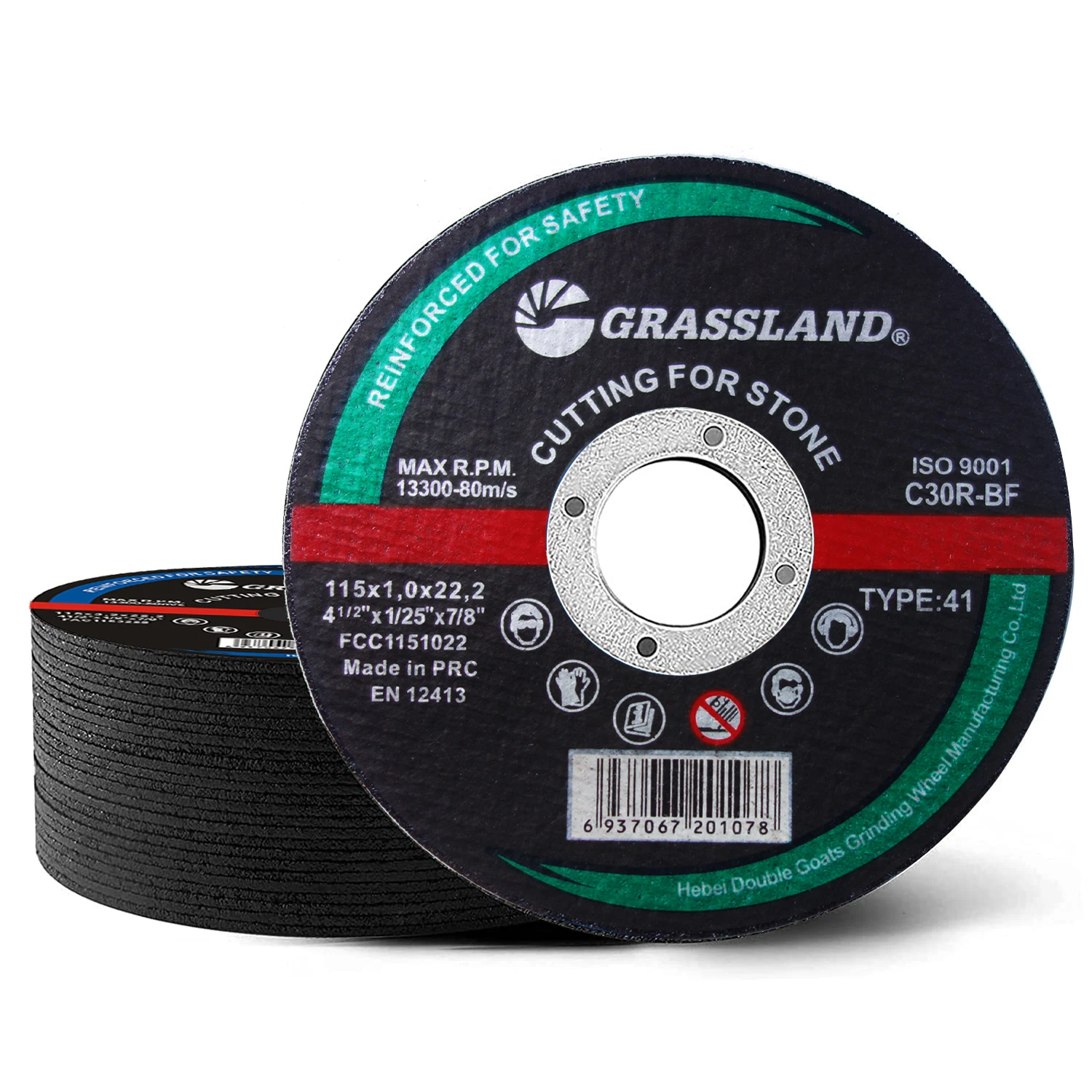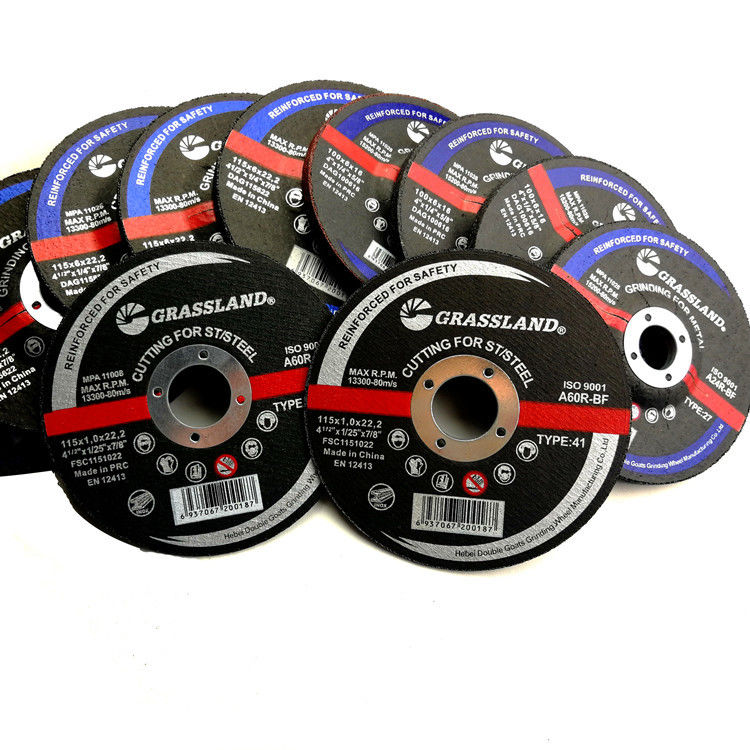When it comes to industrial grinding, types of grinding wheels pdf serve as an essential guide for selecting the right wheel for various applications. In a types of grinding wheels pdf, you will find a detailed description of the various categories of grinding wheels, including their characteristics, uses, and benefits. The types of grinding wheels pdf can help professionals determine the right wheel based on factors like material type, grinding speed, and the desired finish.
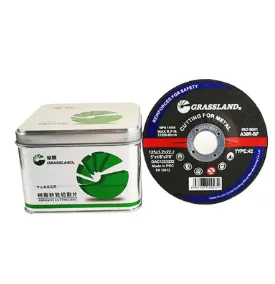
A types of grinding wheels pdf typically includes information on several categories of wheels, such as surface grinding wheels, cylindrical grinding wheels, and centerless grinding wheels. It can also feature more specific types like cup wheels, cone wheels, and diamond grinding wheels. These documents provide a comprehensive overview of each wheel type’s specifications, including the abrasive material, bond, and grit size, helping users select the best fit for their operations.
Moreover, the types of grinding wheels pdf often goes further to explain how each wheel type functions, ensuring that users can match the most appropriate grinding wheel with the task at hand. By referring to such a document, whether you're new to grinding or an experienced technician, you can gain valuable insights into the types of grinding wheels and make more informed decisions about the equipment needed for optimal results.
Exploring the Various Types of Abrasives in Grinding
Another crucial factor in the grinding process is the types of abrasives in grinding. These abrasives play a pivotal role in determining the effectiveness of the grinding process, and knowing which type to use can make all the difference in achieving a successful grind. The types of abrasives in grinding include natural abrasives like sandstone and emery, as well as synthetic abrasives like aluminum oxide and silicon carbide.
Each abrasive type has distinct properties that make it suitable for different materials and applications. For instance, types of abrasives in grinding like aluminum oxide are widely used for grinding metals, while silicon carbide is favored for grinding softer materials like plastics or stone. By understanding the characteristics of these types of abrasives in grinding, users can choose the right abrasive to optimize performance and efficiency.
In addition to material-specific abrasives, types of abrasives in grinding also include superabrasives such as diamond and cubic boron nitride (CBN). These abrasives are used for precision grinding tasks, offering exceptional cutting power and durability. Whether you are grinding rough surfaces or performing fine finishing work, understanding the various types of abrasives in grinding can help you achieve the desired result.
Choosing the Right Angle Grinder Discs Types
When it comes to cutting and grinding tasks, one of the most versatile tools is the angle grinder, and selecting the right angle grinder discs types is key to achieving optimal results. The angle grinder discs types include options such as grinding discs, cutting discs, flap discs, and wire brush wheels. Each of these discs serves a specific purpose, with their materials and designs optimized for particular grinding or cutting tasks.
For example, angle grinder discs types designed for cutting usually feature a thin, abrasive surface that is engineered for fast, precise cuts. On the other hand, angle grinder discs types intended for grinding are typically thicker and designed for smoothing surfaces and removing excess material. The angle grinder discs types vary based on the material being worked on—metal, wood, masonry, or stone—so choosing the correct type ensures you are working with the right tool for the job.
Furthermore, it’s important to consider factors like disc diameter and speed rating when choosing the right angle grinder discs types. A higher-speed disc can be used for more aggressive cutting, while a slower disc may be more appropriate for delicate finishing. By selecting the right angle grinder discs types, users can ensure that their grinding and cutting tasks are completed with precision and efficiency.
Comparing Cutting Wheel 7 Inch Price
When it comes to purchasing cutting wheels, especially in larger sizes, one of the most common inquiries is about the cutting wheel 7 inch price. The cutting wheel 7 inch price can vary depending on factors such as the brand, material composition, and where it’s purchased. Generally, cutting wheel 7 inch price is influenced by the type of abrasive used and whether it’s a general-purpose wheel or a more specialized option for specific materials.
For example, cutting wheel 7 inch price for standard metal cutting may be lower than that of high-performance wheels designed for cutting harder materials like stainless steel or ceramics. While looking for the best cutting wheel 7 inch price, it’s important to balance cost with quality to ensure you are getting a durable and effective wheel. A lower-priced wheel may not always offer the same performance, leading to more frequent replacements and increased overall costs.
Many suppliers offer competitive cutting wheel 7 inch price along with bulk discounts for larger orders, making it important for businesses and workshops to compare different suppliers and consider long-term savings. While the cutting wheel 7 inch price is an important factor, it’s equally essential to ensure that the wheels meet the required standards for safety, performance, and durability.
Finding the Best Grinder Cutting Wheel Price
Another common concern when purchasing grinding or cutting wheels is finding the best grinder cutting wheel price. The grinder cutting wheel price can vary depending on the type of wheel, the manufacturer, and the materials involved in its construction. A standard grinder cutting wheel price may range from affordable options for general use to higher-priced wheels intended for specialized applications like cutting through hard metals, ceramics, or concrete.
When considering the grinder cutting wheel price, it’s essential to look at the cost per wheel, the quality of the material, and the expected lifespan. While a lower grinder cutting wheel price may be attractive initially, opting for more premium options can result in better performance, longer-lasting results, and less frequent replacement. High-quality grinder cutting wheels may have a higher upfront cost, but their extended durability and cutting efficiency can provide better value in the long run.
Additionally, many suppliers offer deals and bulk discounts for regular buyers, reducing the overall grinder cutting wheel price per unit. For businesses and industrial users, negotiating pricing based on quantity is one way to reduce costs without sacrificing the quality of the cutting wheels. By comparing the grinder cutting wheel price across different suppliers, users can find the best deals while ensuring they get the performance they need.
In conclusion, choosing the right grinding and cutting wheels, understanding the types of grinding wheels pdf, types of abrasives in grinding, and knowing the cutting wheel 7 inch price and grinder cutting wheel price can greatly impact the efficiency and quality of your work. By making informed decisions about the type and price of your tools, you can optimize your grinding and cutting tasks to meet both budgetary and performance goals.
Post time:Feb - 12 - 2025







